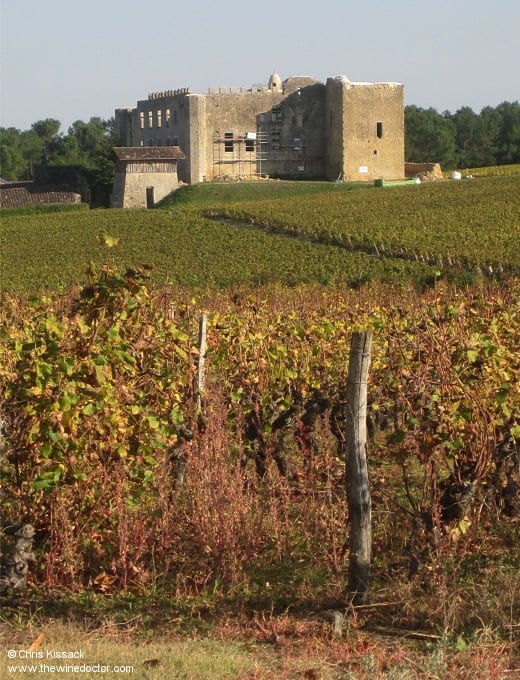Château de Fargues
In many classified appellations – perhaps in every such appellation – there are properties which, for a variety of valid and sometimes not so valid reasons, seem to have slipped the net and avoided joining the list with their peers. If we are to search the classification of Sauternes and Barsac, which was drawn up alongside the 1855 classification of the Médoc, it is perhaps Château de Fargues that is the most prominent example of this phenomenon.
Despite the grandeur of the estate, long associated with the Lur Saluces family (of Château d’Yquem, where else?) and the high price of the wines, this is one of a number of unclassified estates within the Sauternes appellation which – alongside other estates similarly excluded such as Château Gilette and Château Raymond-Lafon – it is essential that we have some knowledge of.
As is the case with a number of Sauternes estates Château de Fargues possesses some ancient history, and an inspection of the property today is testament to this. It has a dilapidated air, the thick walls and the rough stone material modified only by the occasional scrape of more recent mortar, and the presence of modern scaffolding.
Castellated Beginnings
If you were expecting a Renaissance château akin to those of the Médoc, further north, you will de disappointed; this ancient building (pictured) bears more resemblance to a ruined castle, as indeed it should. The first foundations were laid in 1306, on the order of Raymond Guilheim de Fargues. Newly ordained as cardinal by his uncle Bertrand de Goth, otherwise known as Pope Clément V (and obviously best associated with Château Pape-Clément), Raymond wished to erect a fortress in keeping with his new status, and 700 years later it still stands, in part at least, testimony to its solid construction.

